what are you looking for?
 3500nits COB P1.25: Setting a New Standard for Ultra-Fine Outdoor LED Displays
3500nits COB P1.25: Setting a New Standard for Ultra-Fine Outdoor LED Displays
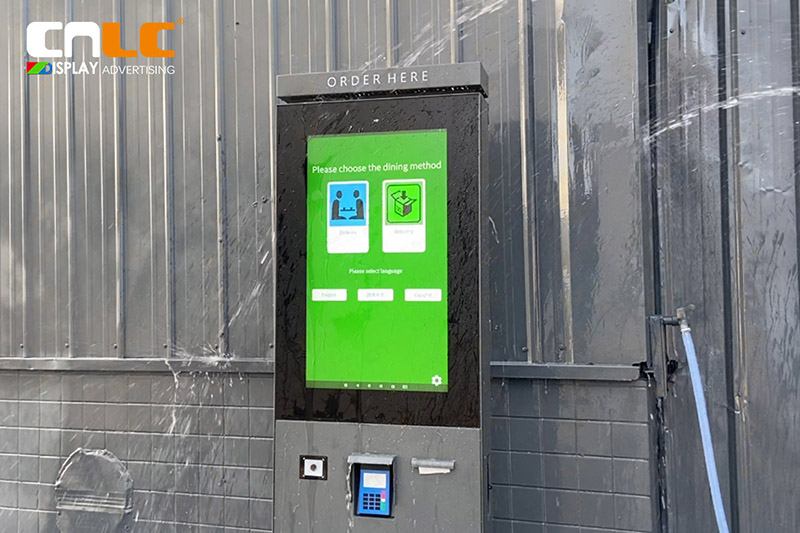 How to Distinguish IP56, IP65, IP66, and IP67? | A Complete Guide to Waterproof Ratings for Outdoor Displays
How to Distinguish IP56, IP65, IP66, and IP67? | A Complete Guide to Waterproof Ratings for Outdoor Displays
 CNLC LED Modules: Precision Glue Dispensing and Push Force Testing for Superior Reliability
CNLC LED Modules: Precision Glue Dispensing and Push Force Testing for Superior Reliability
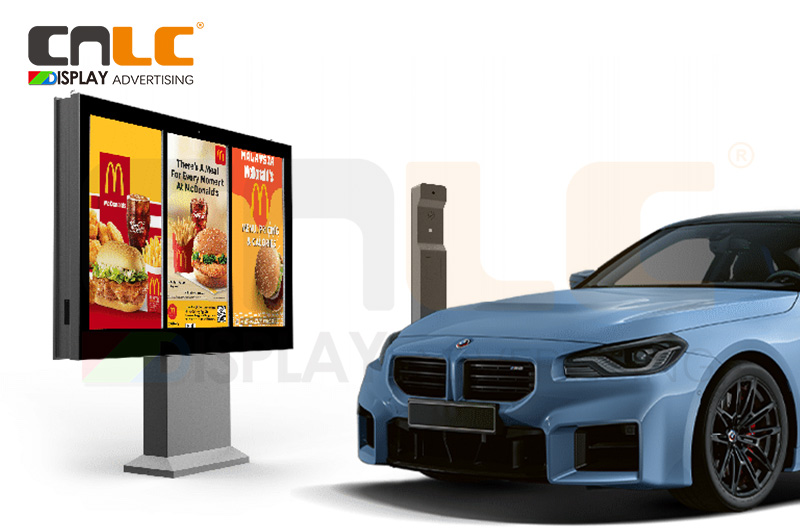 Empowering Middle Eastern Fast-Food Chains with High-Efficiency Drive-Thru Menu Systems
Empowering Middle Eastern Fast-Food Chains with High-Efficiency Drive-Thru Menu Systems
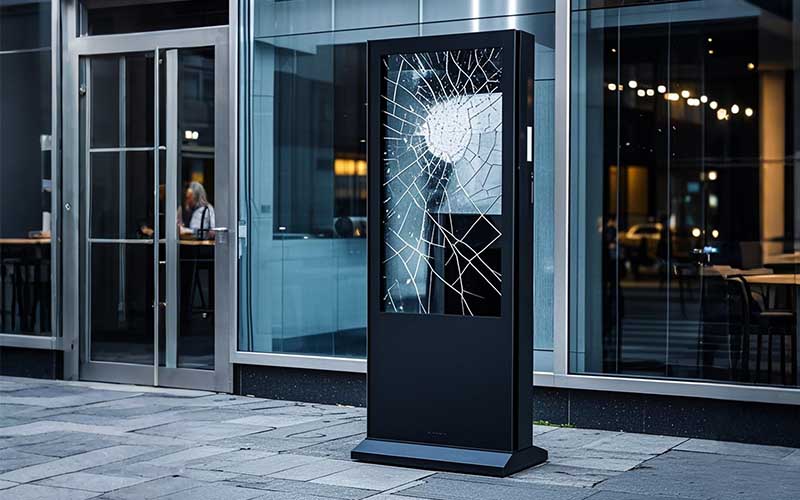 What is IK10 Protection? How CNLC’s Outdoor LCD Screens Resist Vandalism and Impact
What is IK10 Protection? How CNLC’s Outdoor LCD Screens Resist Vandalism and Impact
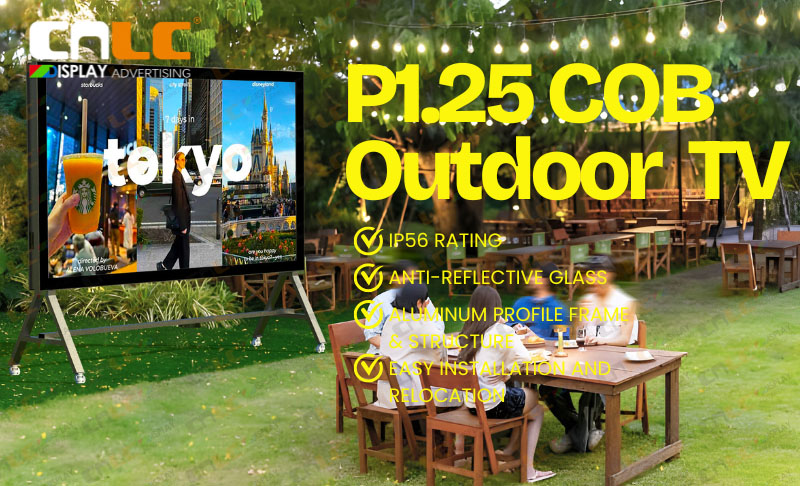 CNLC Outdoor TV: The Ultimate Weatherproof Display for Outdoor Entertainment
CNLC Outdoor TV: The Ultimate Weatherproof Display for Outdoor Entertainment
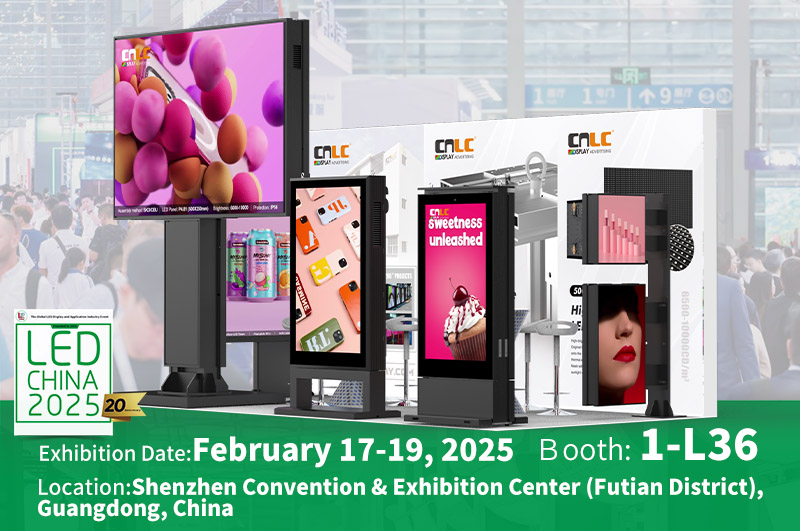 Missed Connecting with CNLC at ISE 2025? Don’t Worry – Meet Us at LED CHINA 2025!
Missed Connecting with CNLC at ISE 2025? Don’t Worry – Meet Us at LED CHINA 2025!
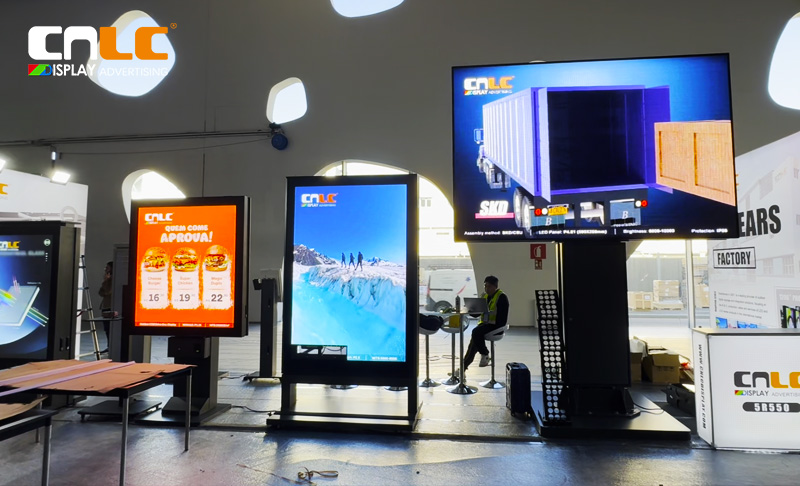 CNLC at ISE 2025: Elevating Outdoor Digital Signage with Innovation
CNLC at ISE 2025: Elevating Outdoor Digital Signage with Innovation
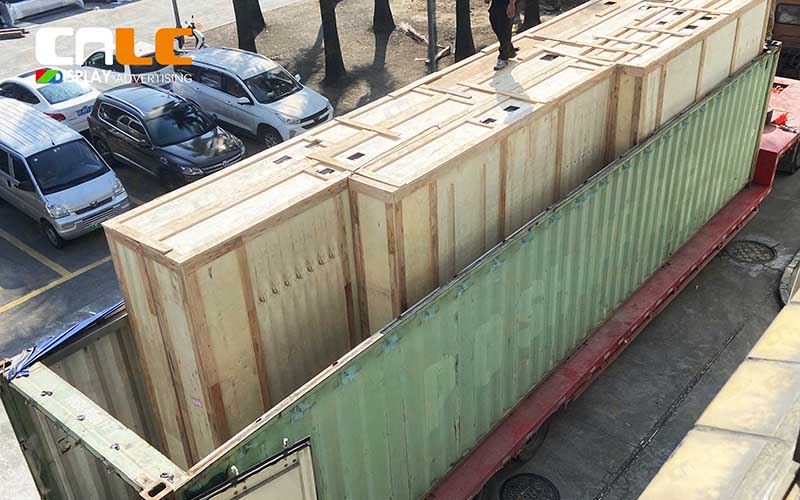 CNLC Delivers Outdoor Billboard Solutions to the Middle East – Big Shipment on the Move!
CNLC Delivers Outdoor Billboard Solutions to the Middle East – Big Shipment on the Move!
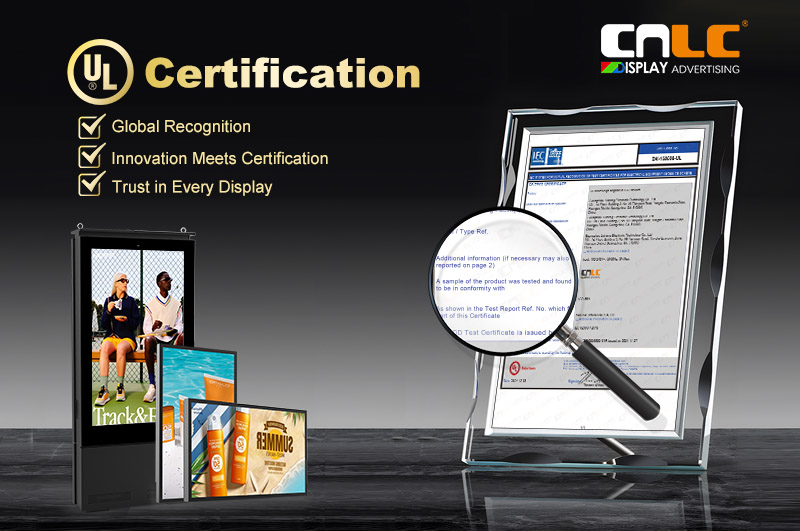 CNLC High-Brightness LCD Monitor Achieves UL Certification: Strong Assurance of Safety and Quality
CNLC High-Brightness LCD Monitor Achieves UL Certification: Strong Assurance of Safety and Quality
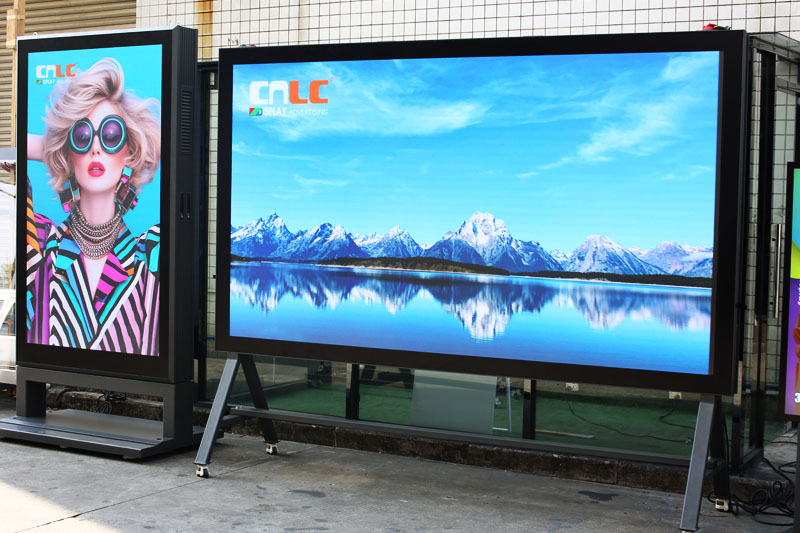 Introducing Our New P1.25 COB LED Display Series: Drive-Thru Digital Menu Boards | LED Mupi | Outdoor TV Displays
Introducing Our New P1.25 COB LED Display Series: Drive-Thru Digital Menu Boards | LED Mupi | Outdoor TV Displays
 Optical Bonding: A Key Technology for Enhancing LCD Display Performance
Optical Bonding: A Key Technology for Enhancing LCD Display Performance

 Tel : 8618688410533
Tel : 8618688410533 Tel : 8602082332833
Tel : 8602082332833 Email : info@cnlcdisplay.com
Email : info@cnlcdisplay.com STAY CONNECTED Get our news, offers, and more...
STAY CONNECTED Get our news, offers, and more...









